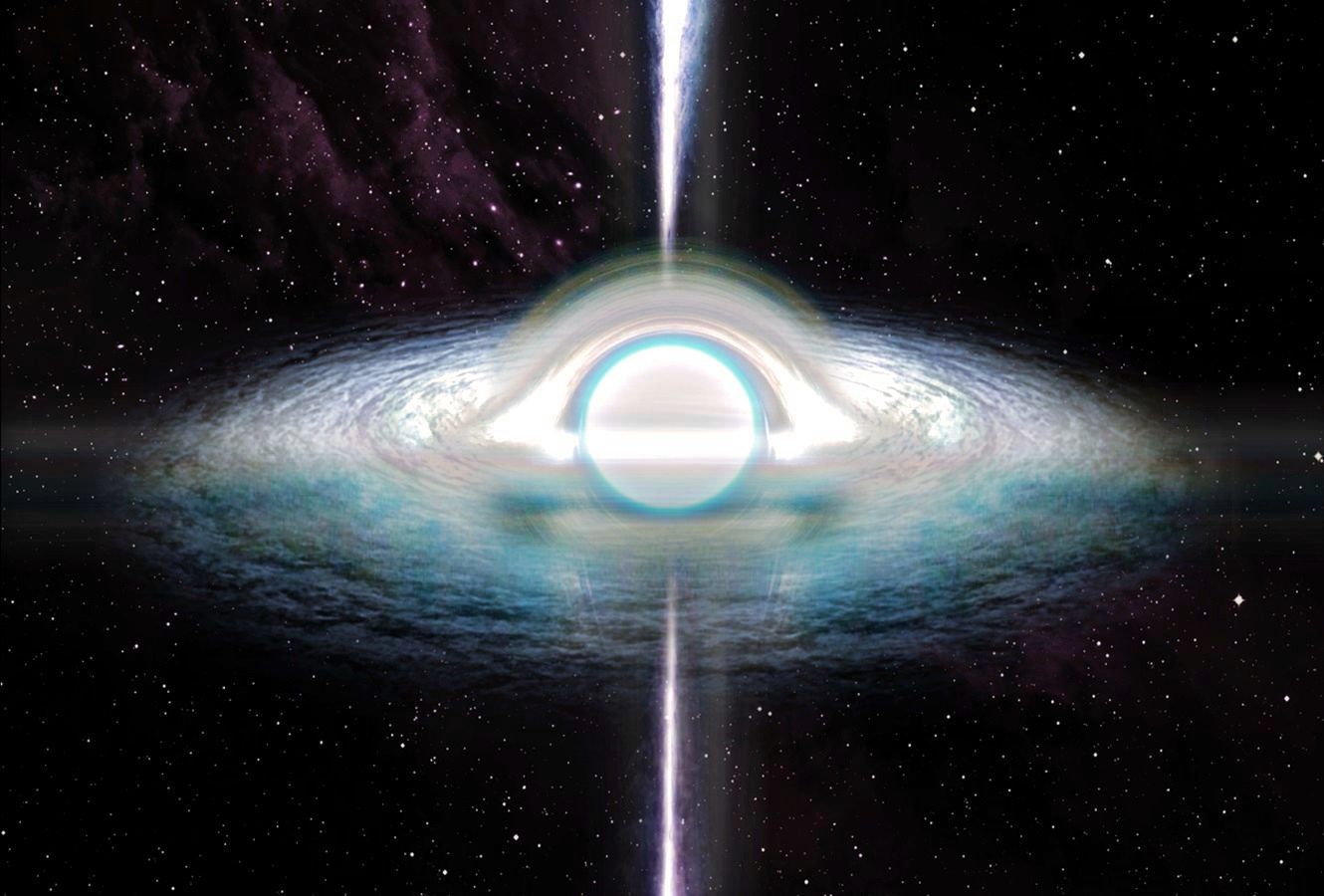
Understanding White Holes: Theoretical Foundations
White holes are theoretical entities that represent the reverse of black holes. While black holes are notorious for their ability to trap everything, including light, white holes are envisioned as objects that only expel matter and energy, never allowing anything to enter. The concept of white holes arises from the mathematical equations of general relativity, suggesting a symmetry in the fabric of spacetime.
Theoretical Predictions and Characteristics
According to theoretical predictions, white holes would exhibit some intriguing characteristics. They are expected to repel matter, creating a zone around them where nothing can fall in. Additionally, they are speculated to have a strong gravitational pull, but in the opposite direction of a black hole, causing matter to be expelled rather than consumed.
Existence and Observational Challenges
 While white holes are a captivating concept on paper, their existence remains purely theoretical, and observational evidence is elusive. Astrophysicists and cosmologists grapple with the challenge of detecting these enigmatic entities, as they are inherently challenging to observe due to their theoretical characteristics and the lack of distinct observational signatures.
While white holes are a captivating concept on paper, their existence remains purely theoretical, and observational evidence is elusive. Astrophysicists and cosmologists grapple with the challenge of detecting these enigmatic entities, as they are inherently challenging to observe due to their theoretical characteristics and the lack of distinct observational signatures.
Wormholes and Connections to Black Holes
Theoretical physics posits a connection between white holes and black holes through the concept of wormholes. Wormholes are hypothetical tunnels in spacetime that could potentially connect distant regions or even different universes. White holes are often theorized to be the other end of a black hole's tunnel, creating a bridge between these two cosmic extremes.
Cosmic Significance and Implications
The potential existence of white holes raises profound questions about the nature of spacetime and the possibilities for traversable wormholes. If white holes exist, they could offer insights into the nature of singularities and the ultimate fate of matter that falls into a black hole. Exploring the cosmic significance of white holes could revolutionize our understanding of the universe on a grand scale.
Speculations and Future Research
As researchers continue to delve into the complexities of general relativity and quantum mechanics, the quest to understand white holes intensifies. Future research aims to refine theoretical models, develop new observational techniques, and explore potential connections between white holes, wormholes, and the broader cosmic tapestry.
Conclusion
White holes, though theoretical and mysterious, represent a captivating frontier in astrophysics. As our understanding of the universe evolves, these enigmatic entities may play a crucial role in unraveling the deepest secrets of spacetime. Whether they exist as cosmic gateways or remain elusive mathematical constructs, the exploration of white holes promises to expand our cosmic perspective and challenge the very fabric of our understanding of the cosmos.
White Holes Unveiled: Navigating the Cosmic Mysteries Beyond Black

Unlocking Nature's Healing Secrets: The Extraordinary Regeneration of Axolotls

Beyond the Horizon: The Mysteries of Deep Sea Life and Bioluminescence

The Marvelous World of Migration: Nature's Great Journeys

The Buzz About Bees: Nature's Essential Pollinators
